The Wild Turkey: From Thanksgiving Feasts to Forest Wanderers
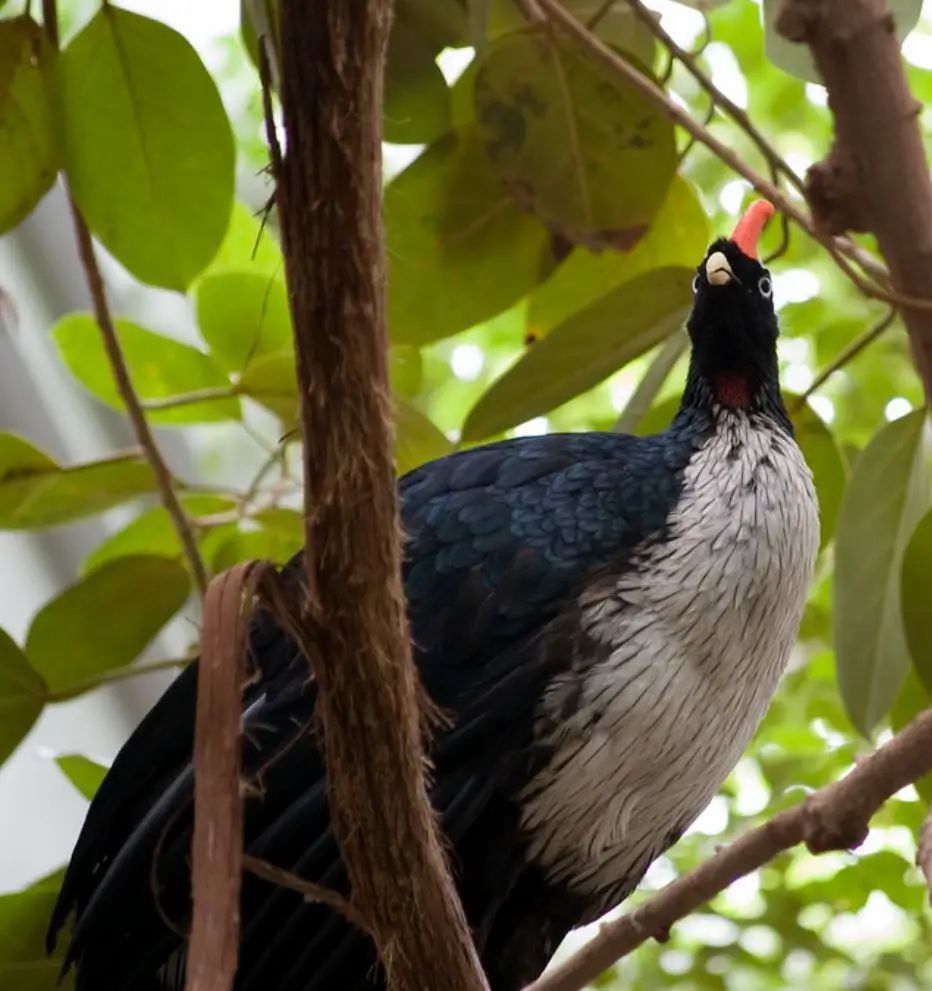
The wild turkey (Meleagris gallopavo) is a fascinating and iconic game bird that has become synonymous with Thanksgiving day feasts across the United States. However, there is much more to this remarkable bird than being the centerpiece of a holiday meal. Endemic to North America, wild turkeys have also been introduced to various regions worldwide and are often domesticated as poultry on farms due to their popularity as food and for hunting.
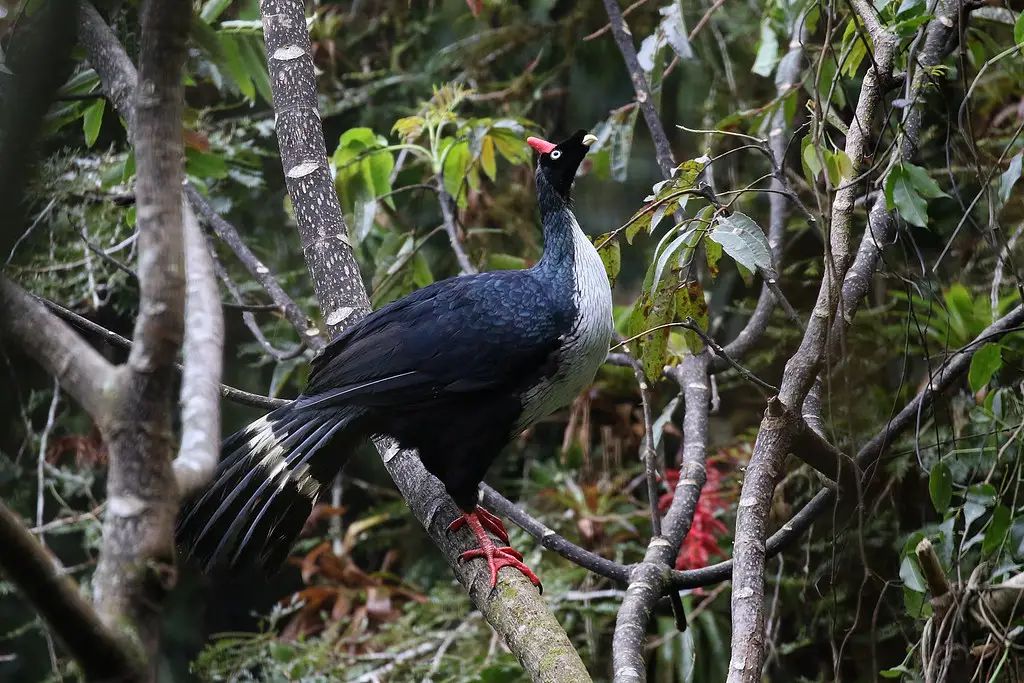
While many people are only familiar with turkeys after they have been roasted and served on a dining table, witnessing these birds in the wild can be a captivating experience. Wild turkeys possess unique characteristics that often surprise bird enthusiasts. They are powerful and agile birds, capable of swift flight and reaching speeds of up to 55 miles per hour.

Unlike their domestic counterparts, wild turkeys exhibit distinct plumage. Domestic turkeys, raised under controlled conditions for meat production, can have variations in color, ranging from pure white to shades of tan, brown, pied, and black. However, wild turkeys showcase eye-catching features, such as glossy feathers with subtle patterns and iridescence, distinguishing them from their domestic counterparts.
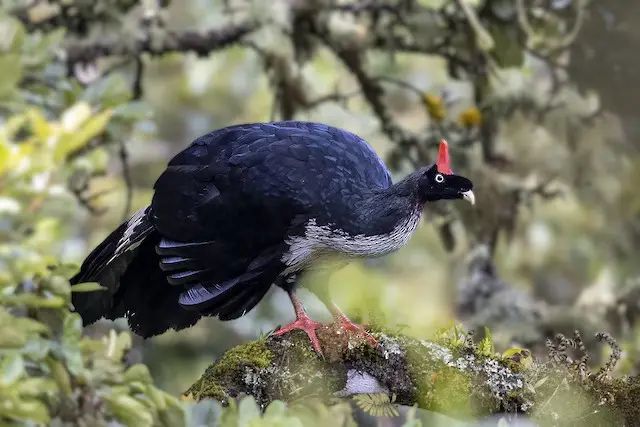
Observing wild turkeys in their natural habitats provides an opportunity to witness their social behavior and flock dynamics. These gregarious birds often travel in small to medium-sized flocks, led by a dominant male known as a tom. The flock typically consists of multiple hens, forming a harem. During winter, several hens may bring their broods together, creating larger groupings of 150 or more birds. While the sight of a flock of turkeys can be exciting, backyard birders may find their presence challenging, as they can quickly empty multiple bird feeders.
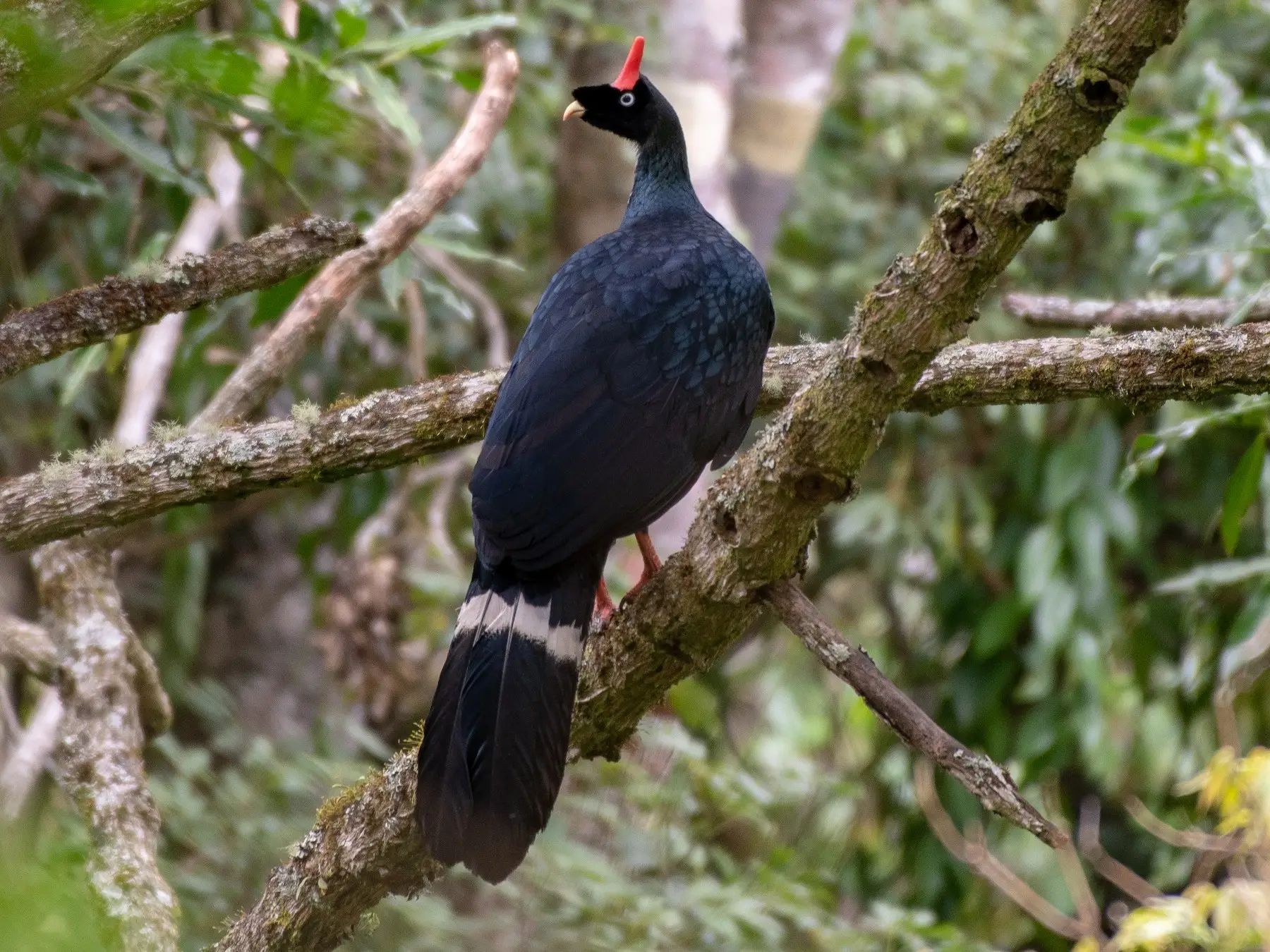
Wild turkeys have adapted to various environments and can be found year-round, as they do not migrate like many other bird species. They are nomadic, constantly searching for abundant food sources. During the winter months, they are more likely to visit bird feeders or ground-feeding areas where food is readily available.
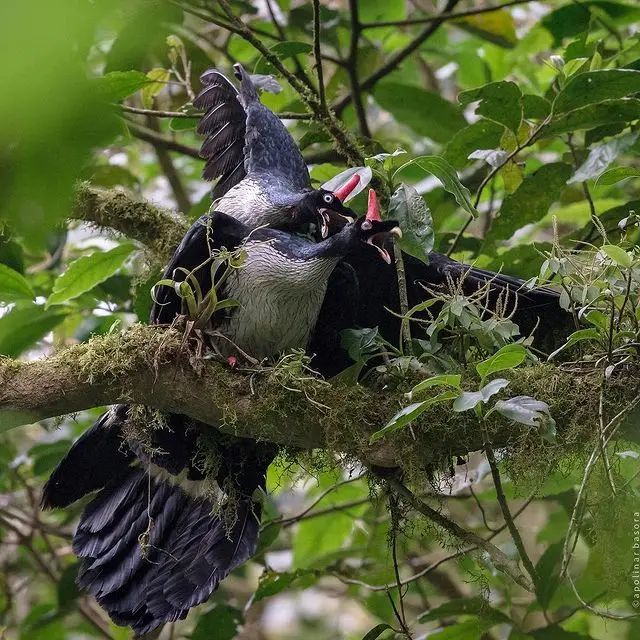
While wild turkeys are commonly seen foraging on the ground, they have a surprising behavior of roosting in trees. Each evening, they seek shelter in large trees, providing protection against nocturnal predators. Spotting these large birds perched overhead can be a striking sight for birders who are accustomed to seeing them on the ground.
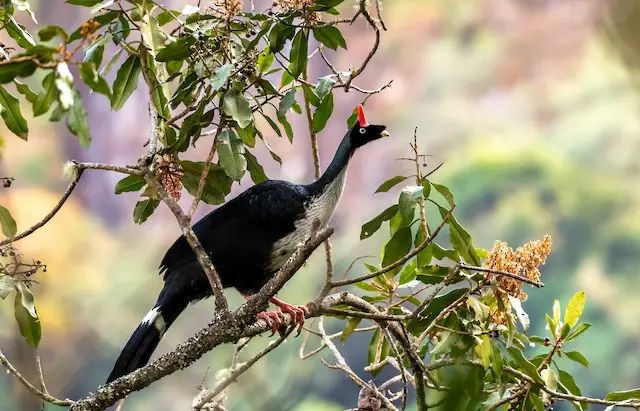
The wild turkey population includes different types, with the male turkeys, or toms, being the most recognizable. Toms have impressive tail fans, thin feathers called “beards” on their chests, and prominent facial wattles. Their plumage exhibits a vibrant display of colors and patterns. Toms are polygamous, competing to attract multiple females to join their harem. Courtship displays, including strutting and vocalizations, are part of their captivating behavior.
Female turkeys, or hens, have a more subdued appearance, with plumage that provides better camouflage while they incubate eggs or care for young chicks. Hens lack the large tail and iridescence of males, and their wattles are smaller and less colorful. While most hens do not have a chest beard, a small percentage of older females may develop this feature. Hens are generally smaller in size compared to toms.
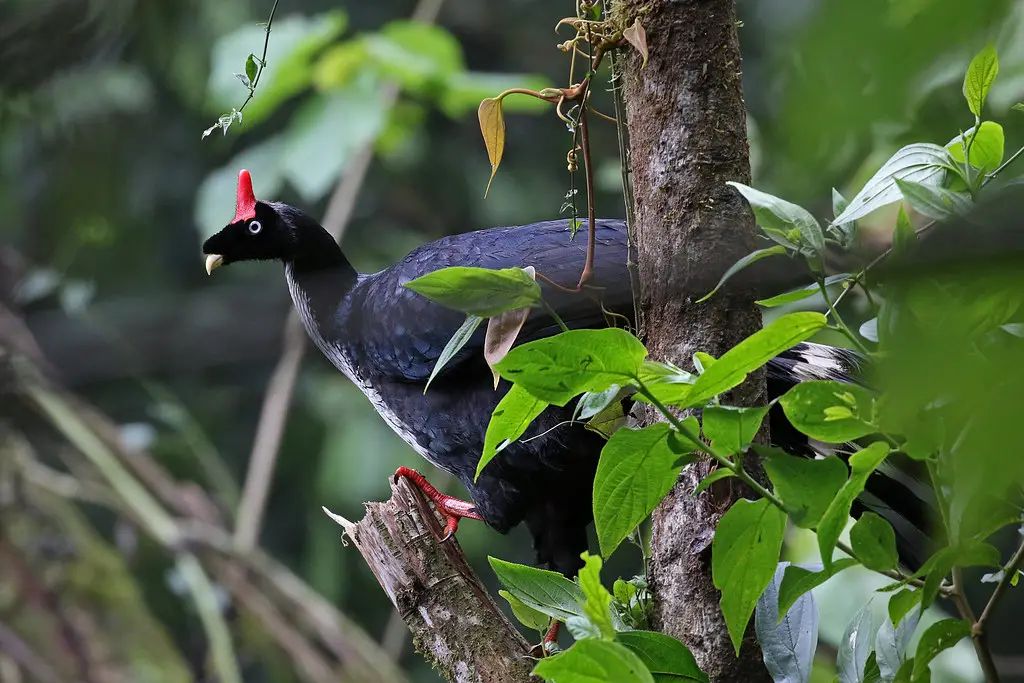
Young turkeys, known as poults, leave the nest shortly after hatching and quickly learn to forage for themselves. Their fluffy down feathers provide insulation and blend with their surroundings for protection. As they grow older but are not yet independent, young turkeys may be referred to as jakes (for males) or jennies (for females).
ecological role as seed dispersers and contribute to the biodiversity of their habitats. Understanding their behavior, habitat preferences, and conservation needs can help ensure their survival and enable future generations to appreciate the beauty and diversity of the natural world.
So, the next time you encounter a wild turkey, whether in the wild or on your Thanksgiving table, take a moment to appreciate the remarkable journey this game bird has made—from a powerful forest dweller to a symbol of celebration and gratitude.



